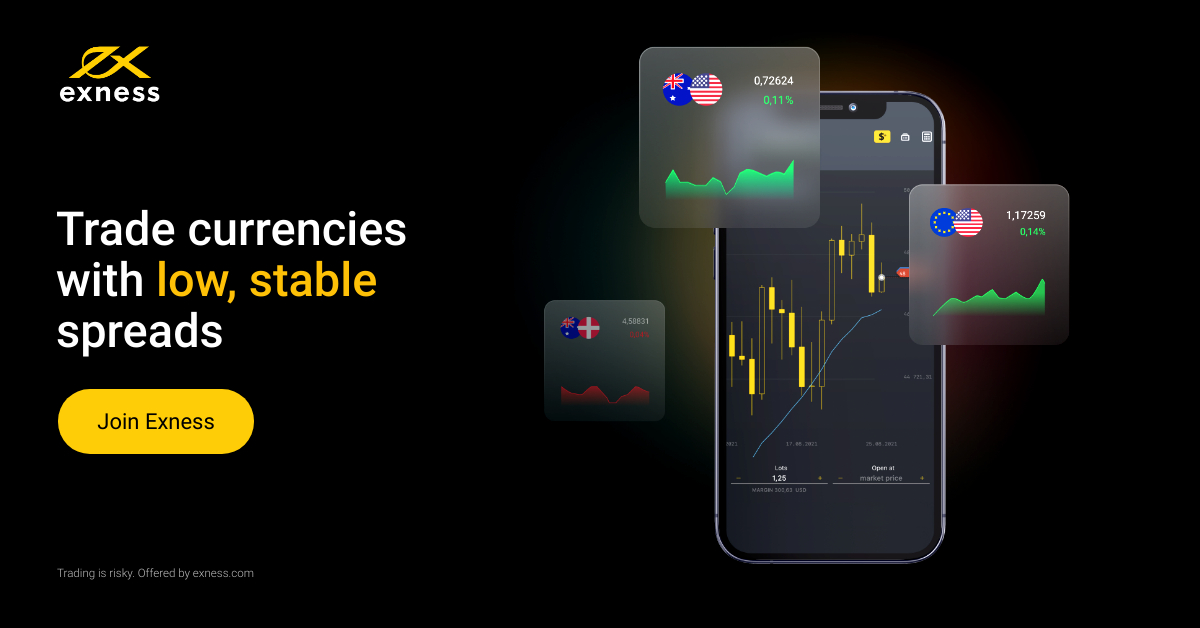
It’s a fine line between using too many things on your charts and
having charts that are too empty. Obviously, if you use too many
indicators or signals, you will struggle because of “paralysis by
analysis” and getting into trades becomes increasingly hard. But trading
with completely “naked” price action charts should be avoided too
because you need reference points and something that you
can use for confirmation and confluence.
can use for confirmation and confluence.
In this article, I want to show you 5
simple and SUPER powerful price action tips how you can analyze, understand and trade every price action chart. In my own trading, I keep things very simple and I focus only on what is absolutely necessary so that I can make the best possible decisions fast and correctly.
simple and SUPER powerful price action tips how you can analyze, understand and trade every price action chart. In my own trading, I keep things very simple and I focus only on what is absolutely necessary so that I can make the best possible decisions fast and correctly.
Trend structure
Every good price analysis should start by
analyzing the trend structure. For that, we can follow the classic Dow
Theory which states:
An uptrend is intact as long as price keeps making higher highs and higher lows (and vice versa for a downtrend).
It
does sound very simple and maybe even too simple you might say but I
challenge you to try it out. Strip down your charts and start following
the Dow Theory principles of trend structure.
As a trend following
trader you can keep looking for entries into the direction of the trend
and when the trend structure is broken, it’s time to get out and look
for a new trend.
Buying dips during the uptrend might be an option
here. Or, in my trading, I look for reversal signals into the new trend
and then ride new trends from the beginning on when the trend turns.

Momentum
Being able to read momentum from your price action
charts can be very helpful and many indicators use momentum information
as well (RSI, MACD, CCI, Stochastic, etc). So being able to understand
momentum without having to look at indicators can give you an edge when
you can find the signals early.
When we talk about momentum, we
mean the trend strength. For that we look at candle size, the ratio
between candle wicks and bodies and the ratio between bullish and
bearish candles. A few points that will help you understand momentum:
- Long candles with small wicks usually signal high momentum
- More bullish than bearish candles also usually signals bullish momentum
- Small candles with long wicks show indecisiveness and a lack of momentum
Below
we can see that during the first half of the chart, the bulls were in
control. Candles were mostly green and the bullish candles were also
much larger. At the top things shifted and we suddenly started to see
strong bearish candles.

Price action barriers
Finding confluence areas on our charts
can be very helpful when looking for turning points or breakouts into
new trends. In my trading, I mainly use support/resistance or supply/demand to identify such high impact areas.
I
look for obvious swing highs and lows and multi-touch support and resistance. Then, I use my own setups and signals to time trades according to my strategy.
look for obvious swing highs and lows and multi-touch support and resistance. Then, I use my own setups and signals to time trades according to my strategy.
I just drew a few support and resistance
zones into the price chart below and you can see how those help us make
much more sense of charts. We can clearly see how price struggles at
the same areas and how breakouts can lead to great new trades.
It’s
important that you don’t let your charts become too messy and I always
recommend to only look at the most recent price action and only focus on
the biggest levels. Many amateurs use too many zones and go back way
too long.

Classic price action structures
There are dozens of price
action structures and patterns out there but I focus only on a handful.
For me, one of the most important ones is the Head and Shoulders and I
have talked about this pattern many times here on our blog.
It’s
among the most powerful signals and it really pays off to study this
pattern in depth. By analyzing different head and shoulder patterns you
will learn so much about price action and how the markets move.

Rejections
Here is where everything comes together and rejections are a combination of everything that we have learned so far:
- Rejections can happen when a Dow trend structure is about to end
- The best rejections happen with strong momentum
- Rejections are better at support/resistance price barriers
- And they can be combined with classic patterns such as rectangles, triangles or double tops/bottoms
In my own trading, one pattern is based off rejections completely and they can be great trading signals.

You can see, each point by itself sounds very simple and you have
probably heard about the price action tips before. But by combining all
the clues together, you can form strong trading signals and find great
trades.
Price action analysis then becomes quite simple and the best trades will jump at you right away.
So,
my challenge for you is that you should audit your trading and check
where you can simplify your approach, add a few of the principles which I
explained here and then create your own simple and powerful trading
strategy.
